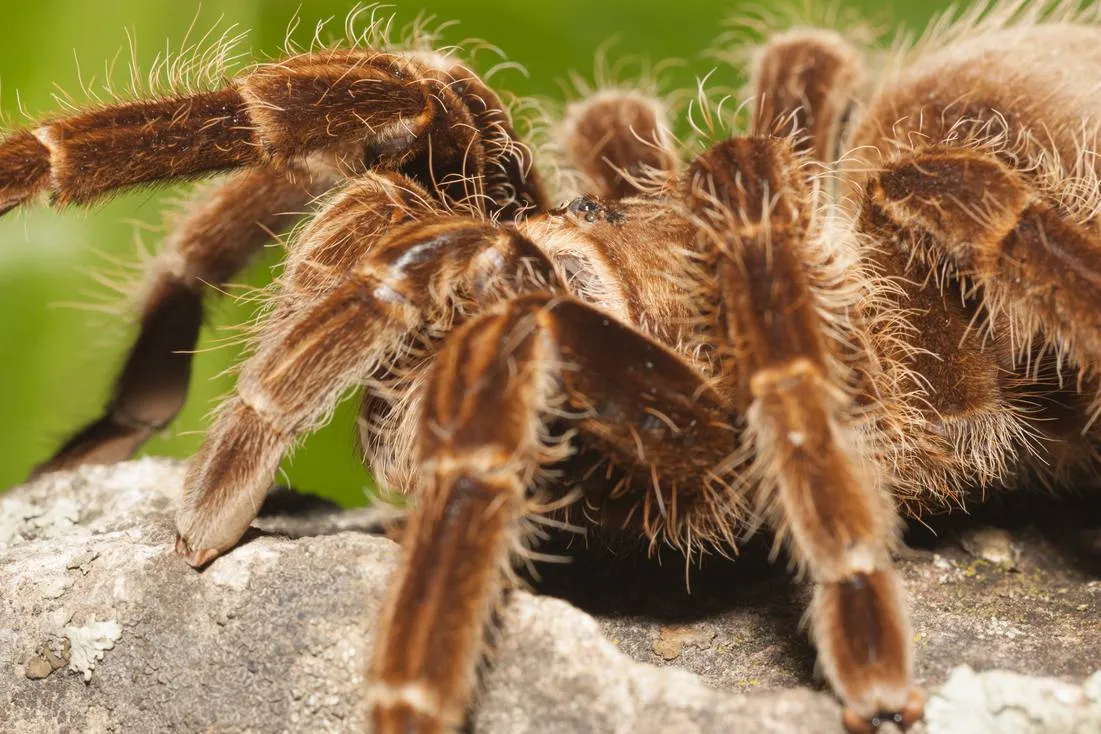Introduction
The world of arachnids is filled with fascinating creatures, and among them, tarantulas hold a unique appeal for many pet enthusiasts. These impressive spiders, known for their size and diverse appearances, can make captivating pets. However, not all tarantulas are created equal, and some species stand out due to their enormous size, making them the giants of the tarantula world. This guide explores the top 5 largest pet tarantula species, providing insights into their characteristics, care requirements, and what makes them so remarkable. If you’re considering welcoming a giant spider into your home, this is a good place to start.
The Goliath Birdeater (Theraphosa blondi)
Undoubtedly the king of the tarantula world, the Goliath Birdeater earns its name from its sheer size. This species can have a leg span exceeding 10 inches, making it the largest tarantula by mass. Originating from the rainforests of northern South America, the Goliath Birdeater is a sight to behold. Its impressive size, coupled with its defensive hairs and formidable fangs, makes it a truly awe-inspiring creature. However, due to its size and defensive nature, it is not recommended for novice keepers.
Appearance and Size
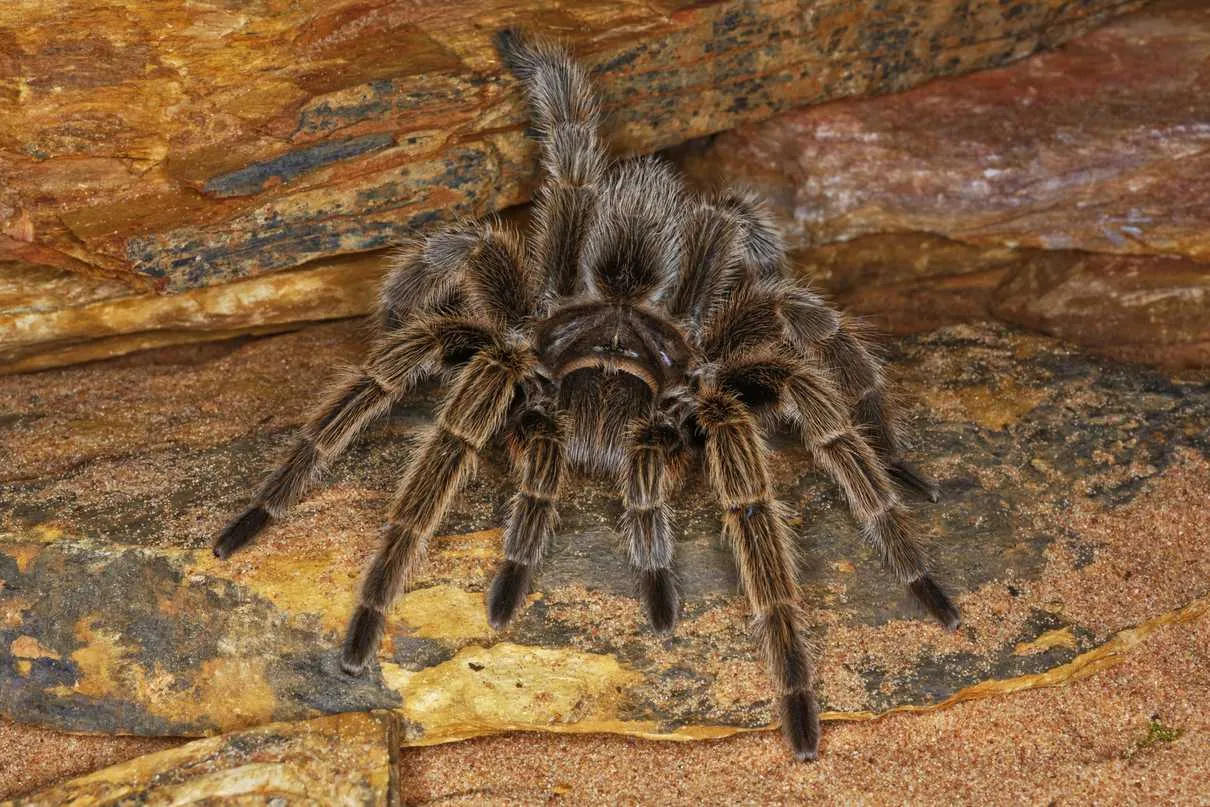
The Goliath Birdeater is a behemoth. Females are typically larger than males, with leg spans often reaching 10-12 inches. They have a dark brown coloration, and their bodies are covered in urticating hairs that they can flick off as a defense mechanism. They also possess large fangs, capable of delivering a painful bite, though the venom is not considered medically significant to humans. Their sheer size and imposing appearance make them a striking addition to any collection, provided you have the proper experience.
Habitat and Care
Caring for a Goliath Birdeater requires a spacious enclosure, typically a 20-gallon long or larger tank. They need a deep substrate (6-8 inches) of a mix of coco fiber, peat moss, and vermiculite to allow for burrowing. Maintaining a high humidity level (75-85%) and a temperature between 75-85°F (24-29°C) is crucial. Feeding involves large insects such as crickets, roaches, and even small rodents occasionally, depending on the spider’s size. Handling should be kept to a minimum due to their defensive nature.
The Giant Huntsman Spider (Heteropoda maxima)
While not technically a tarantula, the Giant Huntsman Spider is often mistaken for one due to its large size. This impressive arachnid boasts the largest leg span of any spider in the world, sometimes exceeding 12 inches. Native to Laos, the Giant Huntsman is a fascinating creature, known for its unique hunting behavior and impressive speed. While their size is remarkable, their care requirements differ from those of typical tarantulas.
Appearance and Size
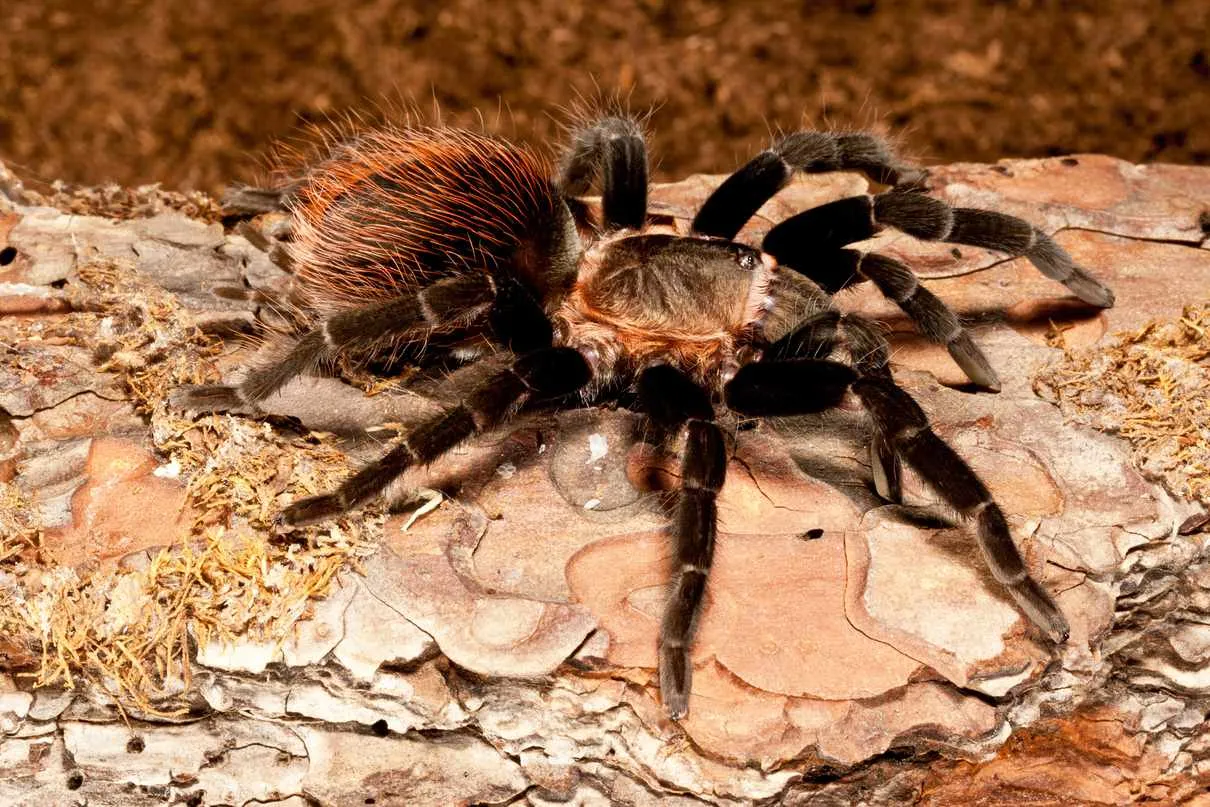
The Giant Huntsman is characterized by its long, flat body and legs that extend far beyond its body. Their coloration ranges from tan to grayish-brown, often with distinctive markings on their legs and bodies. Their leg span can reach up to 12 inches or more, making them truly gigantic. These spiders are well-adapted to life in crevices, and their flat bodies allow them to squeeze into tight spaces.
Habitat and Care
Caring for a Giant Huntsman Spider involves providing a spacious enclosure with plenty of hiding places, such as bark, cork bark, and artificial plants. A substrate of coco fiber or peat moss is suitable. They require a temperature range of 70-80°F (21-27°C) and moderate humidity levels (60-70%). Feeding typically consists of large insects, such as crickets and roaches. They are fast hunters and require a diverse diet to thrive.
The Pinkfoot Goliath (Theraphosa apophysis)
Closely related to the Goliath Birdeater, the Pinkfoot Goliath is another giant in the tarantula world. These spiders share many characteristics with their larger cousins, including their impressive size and imposing appearance. They are found in specific regions of South America and are prized for their distinctive pinkish feet, which give them their name. Their care requirements are similar to those of the Goliath Birdeater.
Appearance and Size
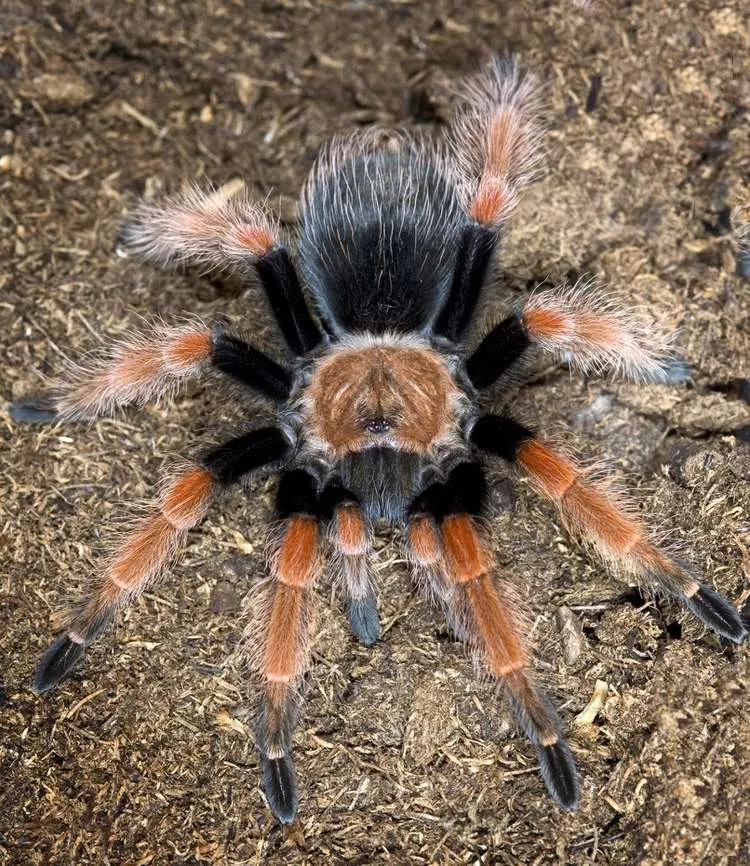
The Pinkfoot Goliath is a massive spider, with females often reaching leg spans of 10 inches. They have a dark brown coloration, with a distinct pink hue on their feet, which sets them apart from other similar species. Like the Goliath Birdeater, they have urticating hairs and large fangs, making them a formidable creature. Their size and unique coloration make them a desirable addition to any collection for experienced keepers.
Habitat and Care
The Pinkfoot Goliath requires a large enclosure with a deep substrate for burrowing. A 20-gallon long or larger tank is recommended. They need a high humidity level (75-85%) and a temperature range of 75-85°F (24-29°C). Feeding involves large insects, such as crickets and roaches, as well as occasional small rodents. Handling should be minimized due to their defensive nature and the potential for urticating hair irritation.
The Purple Bloom Tarantula (Grammostola pulchra)
The Purple Bloom Tarantula, also known as the Brazilian Black, is a large and beautiful tarantula species. Though not as large as the Goliath Birdeater, their size and striking appearance make them a popular choice among enthusiasts. Originating from Brazil, these tarantulas are known for their docile temperament and striking black coloration, which develops as they mature. They are a relatively slow-growing species, which makes them quite unique.
Appearance and Size
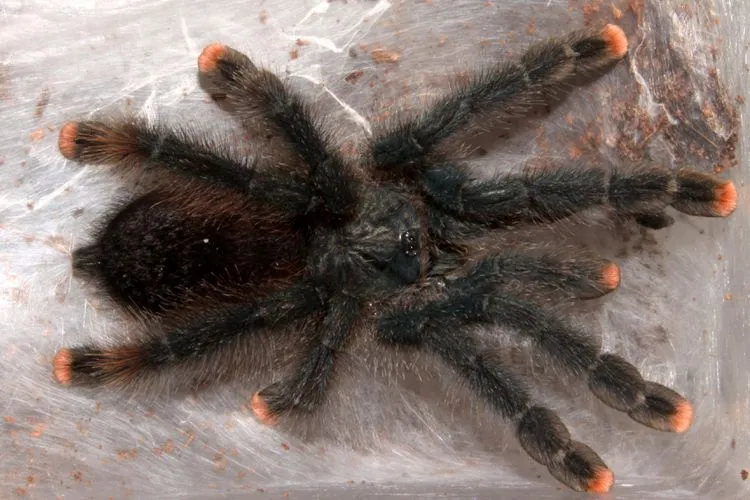
Adult females can reach a leg span of up to 8 inches, while males are slightly smaller. Their bodies are a uniform black color, with a slight purple sheen in the right light, which gives them their name. The overall appearance is sleek and elegant, making them a visually appealing species. They are not as heavily built as some of the other giants, but they are still a substantial tarantula.
Habitat and Care
These tarantulas thrive in a terrestrial setup with a moderate humidity level (65-75%) and a temperature range of 70-80°F (21-27°C). A 10-gallon tank is often sufficient for adults, though larger is always better. A substrate of coco fiber or peat moss is ideal. They are relatively easy to care for, making them a good option for intermediate keepers. Feeding involves insects such as crickets, roaches, and mealworms. They are known for their docile temperament, but handling should still be done with care.
The Brazilian Giant Blonde (Lasiodora parahybana)
The Brazilian Giant Blonde is another South American species that is one of the largest tarantulas in the world. They are known for their impressive size, fast growth rate, and relatively docile nature. They are a popular choice for experienced keepers. Their tan and brown coloration, combined with their size and impressive leg span, make them a sight to behold. Although they may be skittish at times, they are generally considered a good choice for intermediate keepers.
Appearance and Size
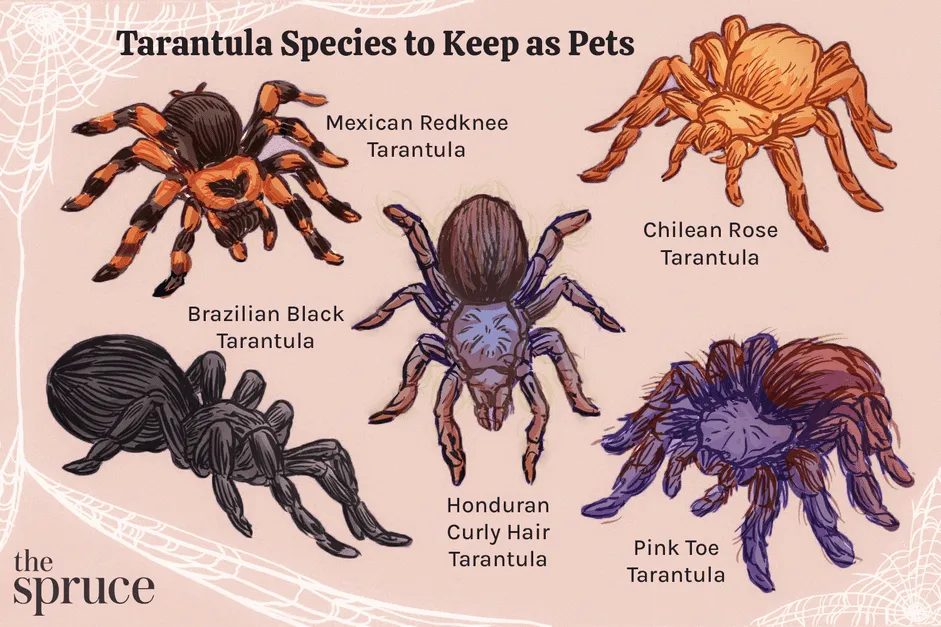
Adult females can reach leg spans of 8-10 inches. They have a tan or light brown body, with longer hairs. Their impressive size and fast growth rate make them a favorite among tarantula keepers. They also have urticating hairs, but they are generally less defensive than some other species.
Habitat and Care
A 10-20 gallon tank is suitable for adults. They require a moderate humidity level (65-75%) and a temperature of 75-85°F (24-29°C). A substrate of coco fiber or peat moss is recommended. Feeding involves a diet of crickets, roaches, and other insects. Because of their large size, they should be handled with caution, although they are generally less defensive than some other species.
Conclusion
Owning a large tarantula can be a rewarding experience for those who are prepared to meet their specific needs. The Goliath Birdeater, Giant Huntsman, Pinkfoot Goliath, Purple Bloom Tarantula, and Brazilian Giant Blonde are among the largest and most impressive tarantula species available to pet owners. Each species offers a unique set of characteristics, from the sheer size of the Goliath Birdeater to the docile nature of the Purple Bloom. Before acquiring any of these giants, thorough research and preparation are essential. By understanding their habitat, care requirements, and temperament, you can provide a safe and enriching environment for your pet, allowing you to enjoy the fascinating world of these remarkable arachnids. Always prioritize your safety and the spider’s well-being when handling and caring for these impressive creatures.
